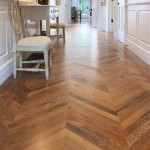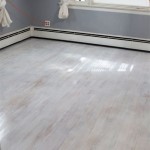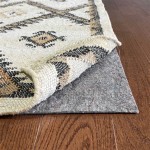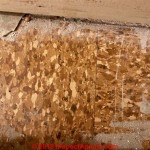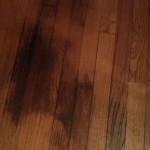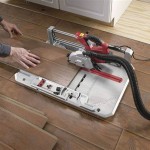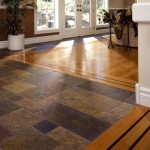Replacing hardwood floors can be a daunting task for homeowners, but it is an important step in maintaining the beauty and longevity of your floors. Hardwood floors can be a costly investment, so it’s important to do the job right the first time. This article will provide a comprehensive overview of the process of replacing hardwood floors, from assessing your current floor to choosing the right replacement materials. Read on to learn all you need to know about replacing hardwood floors.
Assessing Your Current Floor
The first step in replacing hardwood floors is assessing the condition of your current floor. If your existing hardwood is in good condition, it may be possible to refinish it or add a new coat of finish. This is often a more cost-effective option than a full replacement and can be done with relative ease. If, however, your floor is severely damaged or beyond repair, a full replacement may be necessary.
Types of Replacement Hardwood Floors
Once you’ve determined that a full replacement is needed, you’ll need to choose the right type of hardwood flooring. Different types of flooring include engineered wood, laminate, and solid wood. Each type has its own benefits and drawbacks, so it’s important to consider your needs before making a selection. Here is a brief overview of the different types of replacement hardwood floors:
- Engineered wood: Engineered wood is durable and cost-effective, but it can be difficult to repair or refinish.
- Laminate: Laminate is easy to install and maintain, but it is not as durable as other options.
- Solid wood: Solid wood is the most expensive option, but it is also the most durable and versatile.
How to Install Replacement Hardwood Floors
Once you’ve chosen the type of hardwood flooring you want to install, you’ll need to prepare the space for installation. This includes removing any existing flooring, cleaning the subfloor, and ensuring the area is level. The next step is to install the hardwood flooring, which can be done by a professional or by a DIYer with the right tools and experience. If you choose to install the flooring yourself, be sure to follow the manufacturer’s instructions carefully.
Maintaining Replacement Hardwood Floors
Replacing hardwood floors is a significant investment, so it’s important to take the necessary steps to keep your floors in good condition. Regular cleaning and maintenance can help keep your floors looking their best for years to come. Here are some tips for maintaining your new hardwood floors:
- Sweep or vacuum your floors regularly to remove dust and debris.
- Wipe up any spills immediately to avoid staining or warping.
- Use mats and rugs at entrances to reduce wear and tear.
- Avoid using harsh cleaning products, as these can damage the finish.
- Have your floors professionally refinished every few years to keep them looking new.
Conclusion
Replacing hardwood floors can be a challenging task, but it is an important step in maintaining the beauty and longevity of your floors. The right type of flooring and proper installation and maintenance can help ensure your floors will last for years. We hope this article has provided you with a comprehensive overview of the process of replacing hardwood floors. Now you are ready to make an informed decision about what type of flooring to choose and how to properly install and maintain it.













Related Posts


